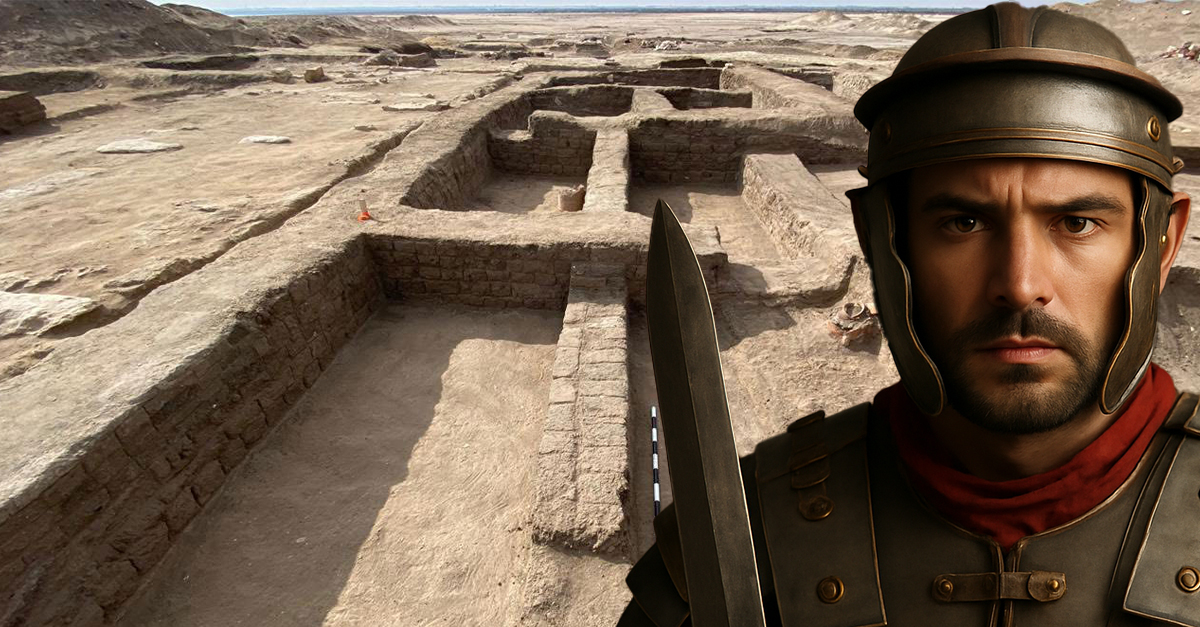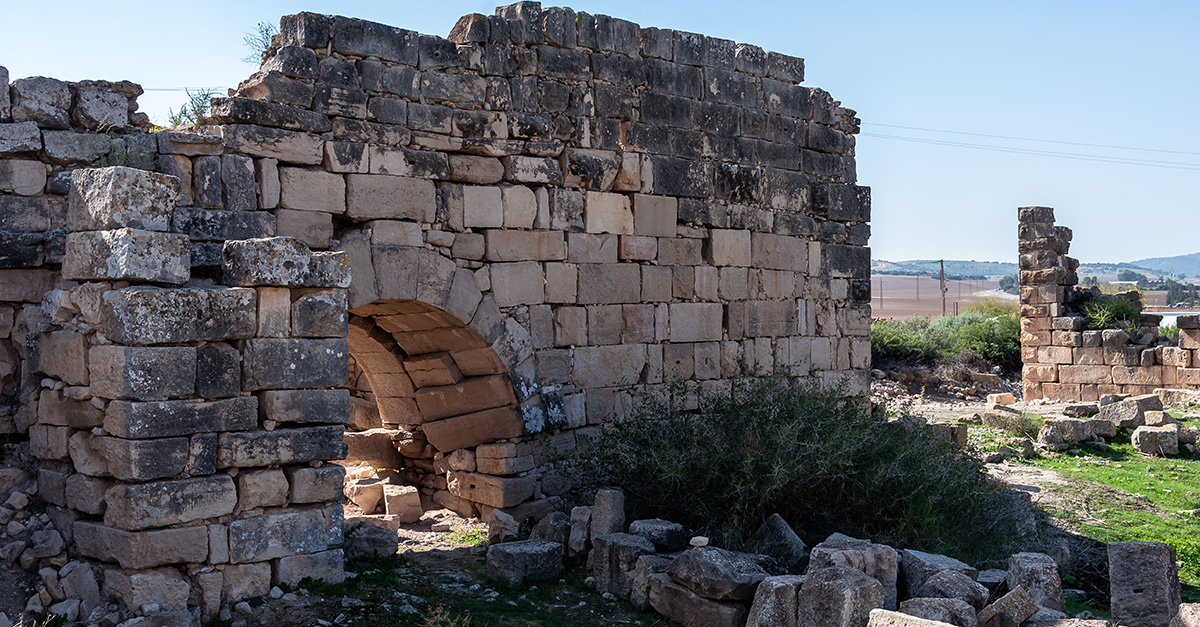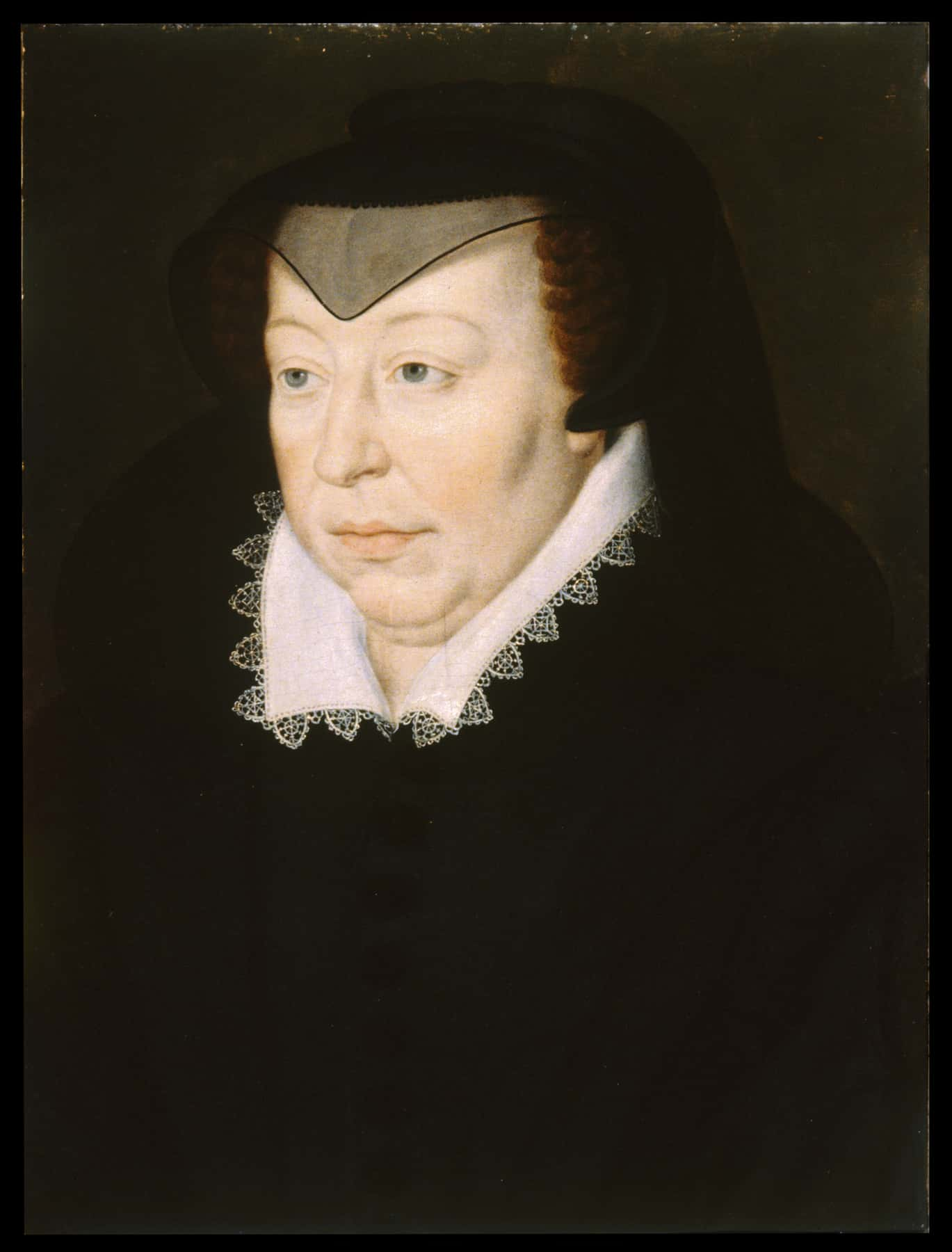In a stunning revelation, archaeologists in Egypt have unearthed the remains of a Roman-era military fortress at the Tell Abu Saifi site in northern Sinai. This discovery is more than just a relic—it opens a new window into the Roman Empire’s easternmost defensive lines and Egypt’s long-overlooked military history during Roman occupation.
Tell Abu Saifi’s Strategic Significance
Tell Abu Saifi lies near the Suez Canal, a location historically vital for trade and military movement between Africa and Asia. Its proximity to the ancient trade routes made it a natural stronghold for Roman forces tasked with defending Egypt’s eastern frontier against invasions and unrest during the empire's dominance of the region.
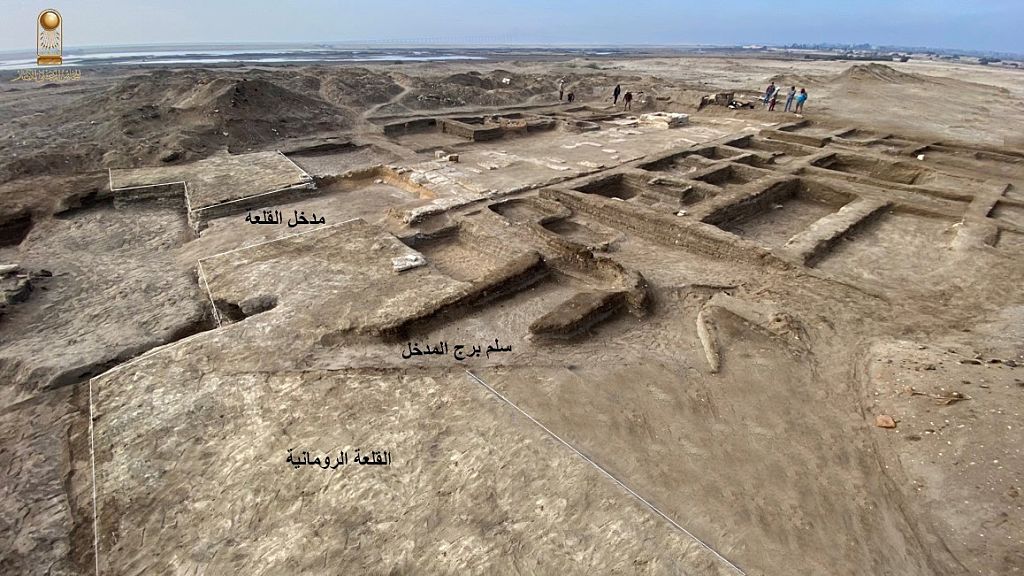 Xinhua News Agency, Getty Images
Xinhua News Agency, Getty Images
Fortress Construction Reflects Roman Precision
The fortress, believed to date from the 1st to 3rd centuries AD, features the unmistakable hallmarks of Roman military architecture. Excavators uncovered thick limestone walls, watchtowers, and barracks. The site also includes defensive ditches and gate complexes that exemplify the disciplined engineering of Roman military structures across their empire.
Unearthing A Network Of Defenses
The Tell Abu Saifi fortress is not an isolated find—it connects with other Roman military installations in Egypt, indicating a coordinated defense strategy. These forts formed a network across the desert to deter tribal raids and maintain control over this crucial land bridge between continents.
Evidence Of Daily Life Inside The Walls
Alongside the structural remains, archaeologists discovered pottery shards, coins, tools, and weapon fragments. These everyday artifacts provide insight into the lives of the Roman soldiers stationed here. Items like amphorae and oil lamps point to long-term occupation, and the discovery of local ceramics reveals cultural interaction between Romans and native Egyptians.
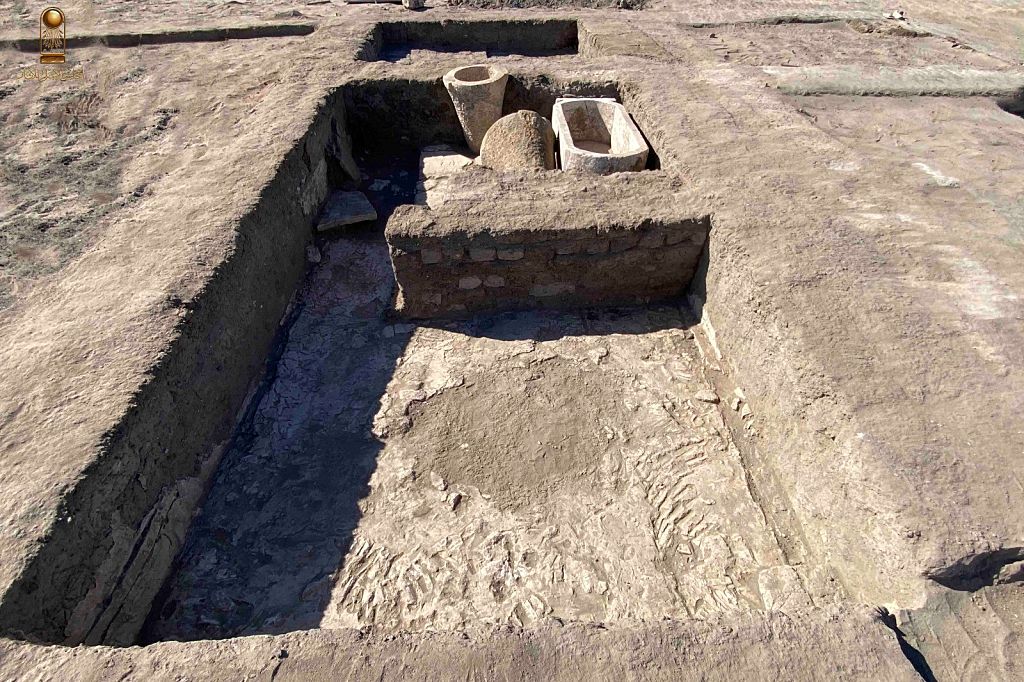 Xinhua News Agency, Getty Images
Xinhua News Agency, Getty Images
A Garrison Against Rebellion And Rival Powers
The Roman Empire relied heavily on Egypt for grain and wealth, and Sinai was a vulnerable access point. The garrison at Tell Abu Saifi would have been a first line of defense against incursions from eastern tribes and rival empires such as the Parthians and later the Sassanids. Its soldiers were also charged with quelling internal uprisings, making it a keystone of imperial control.
Linking Egypt To The Eastern Roman Empire
This site helps scholars understand how deeply Roman influence penetrated Egyptian territory. It also ties into broader studies of the Eastern Roman, or Byzantine, Empire. As Rome transitioned and split, its military outposts like Tell Abu Saifi remained vital for securing borders and maintaining continuity between East and West.
Preservation Amid Environmental And Human Threats
Despite centuries buried beneath the sand, much of the fortress structure remains remarkably intact. However, modern development, looting, and environmental degradation pose a threat to its long-term preservation. Egypt’s Supreme Council of Antiquities has called for immediate conservation measures to protect this newly unearthed heritage.
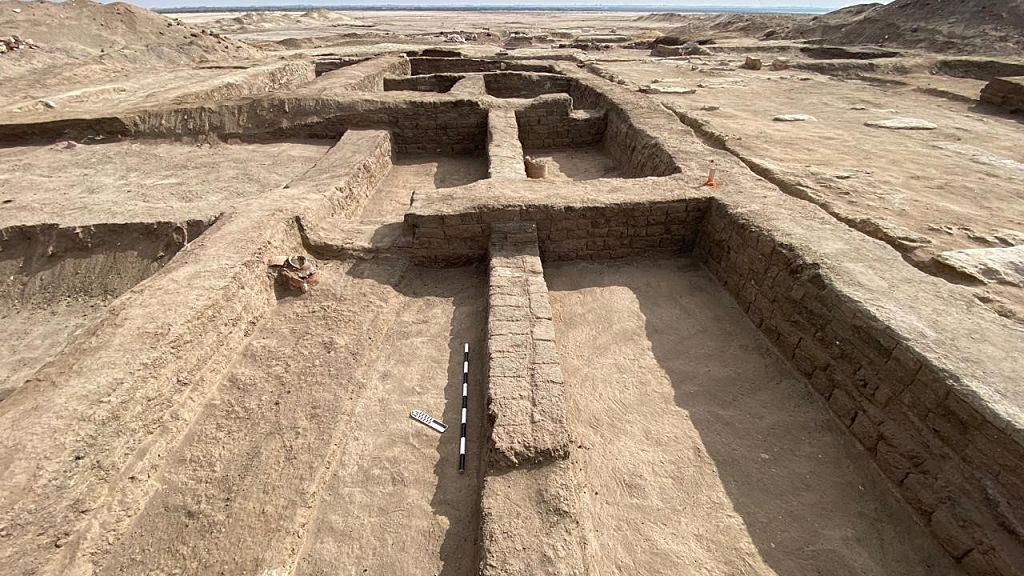 Xinhua News Agency, Getty Images
Xinhua News Agency, Getty Images
Expanding Egypt’s Tourism And Research Horizons
Beyond its archaeological significance, Tell Abu Saifi could become a valuable addition to Egypt’s cultural tourism map. The government hopes to incorporate the site into a larger effort to promote less-known heritage locations beyond the Nile Valley, bringing economic benefits to the Sinai region and fostering academic collaboration.
A Reminder Of Sinai’s Historic Role
The discovery reinforces the Sinai Peninsula’s role not only as a religious crossroads but also as a military one. From pharaohs to emperors, rulers recognized the strategic value of Sinai. This Roman fortress stands as a testament to the enduring importance of the region in shaping empires and securing borders.

History's most fascinating stories and darkest secrets, delivered to your inbox daily.
Looking To The Future Of Roman-Egyptian Studies
Tell Abu Saifi is now at the heart of renewed interest in Roman-era Egypt. As excavation continues, researchers anticipate further finds—perhaps documents, inscriptions, or additional fortifications—that will deepen our understanding of the empire’s grip on the province and the daily lives of the men who guarded its frontiers.
Digging An Empire Up Out Of The Sand
The unearthing of the Roman fortress at Tell Abu Saifi reveals not only a physical structure but a forgotten chapter in the military history of the Roman Empire in Egypt. It underscores how archaeology continues to bridge the gap between myth and history, reshaping our understanding of ancient empires one layer at a time.
You May Also Like:
Unearthed Facts About Ancient Egypt's Most Disturbing Secrets

